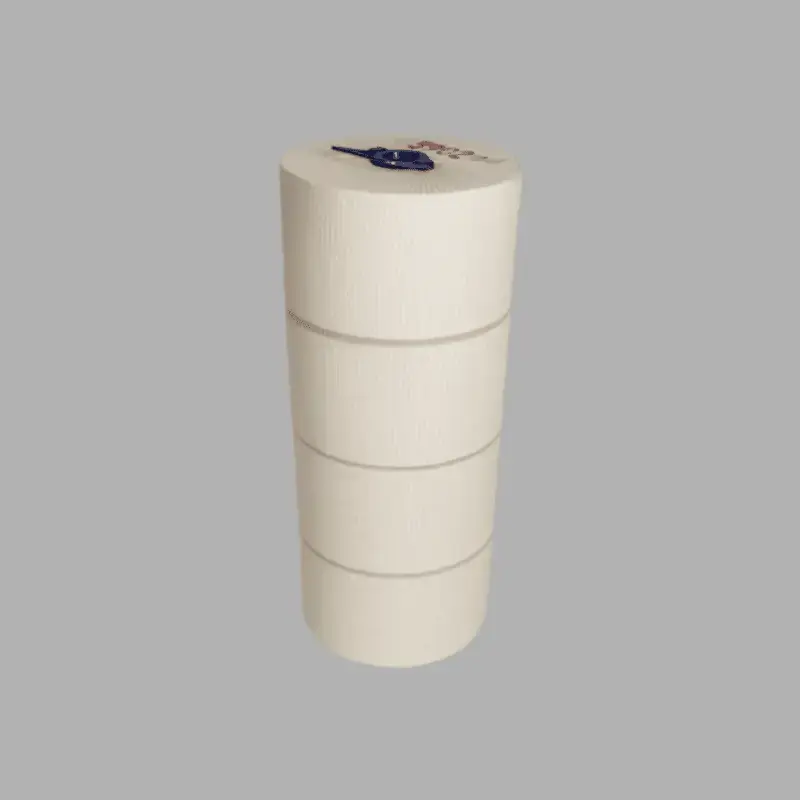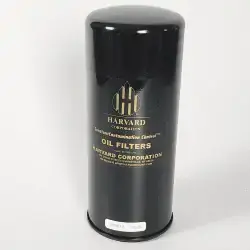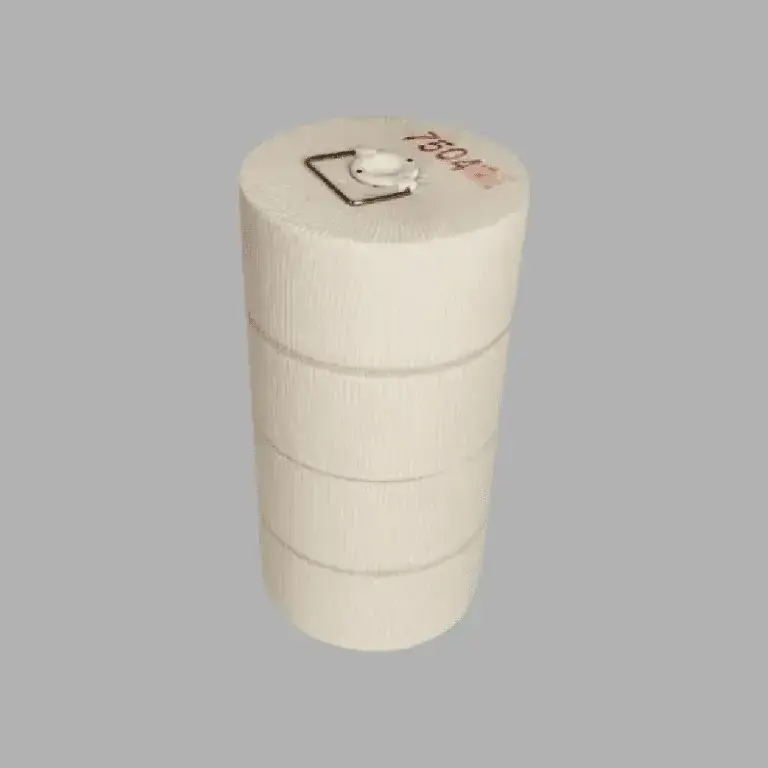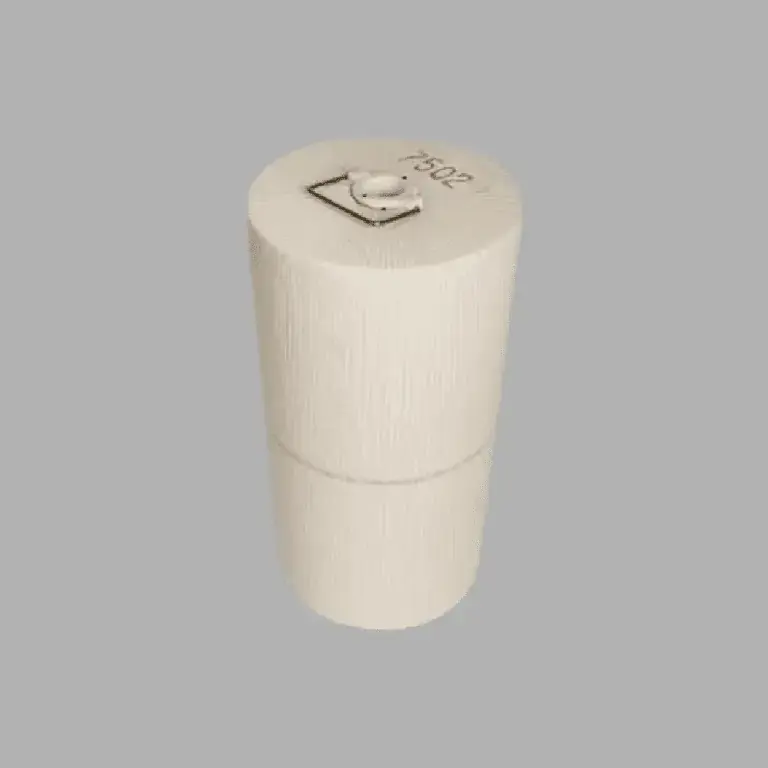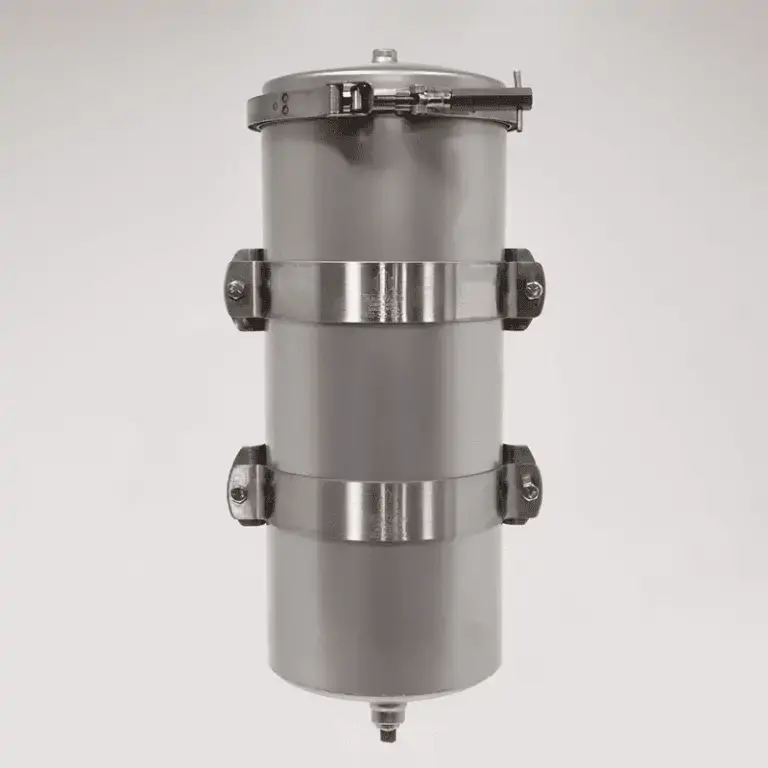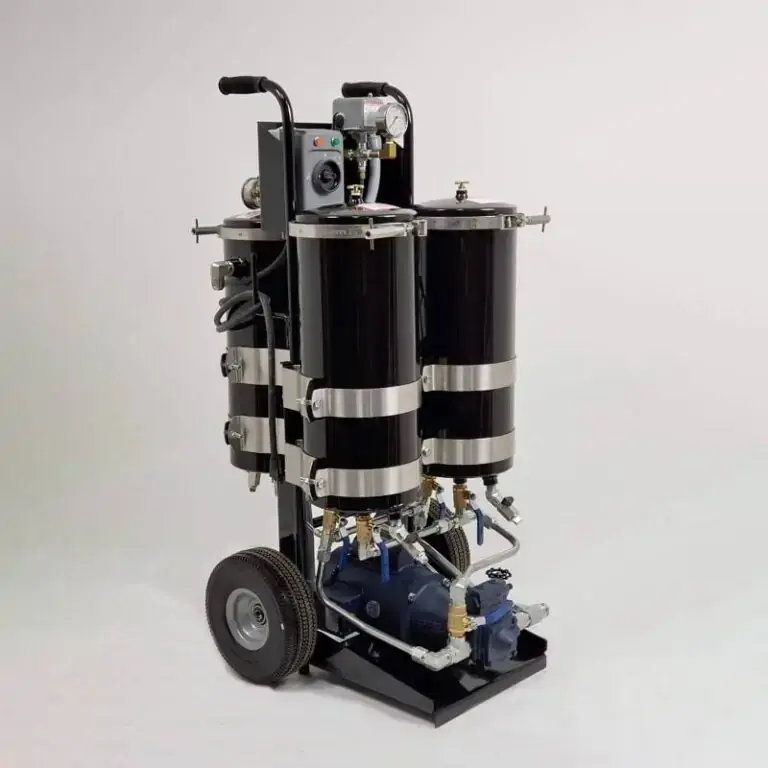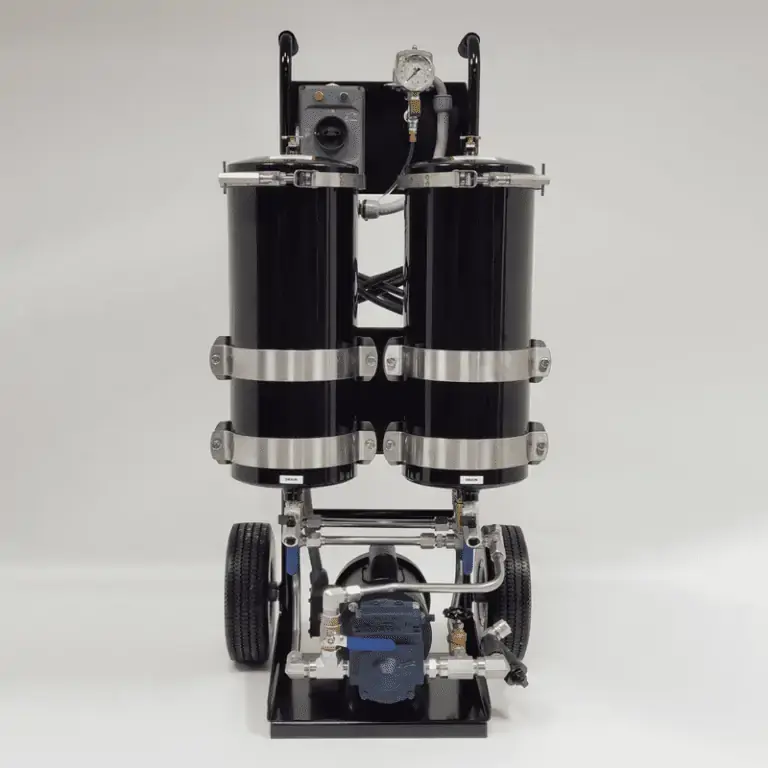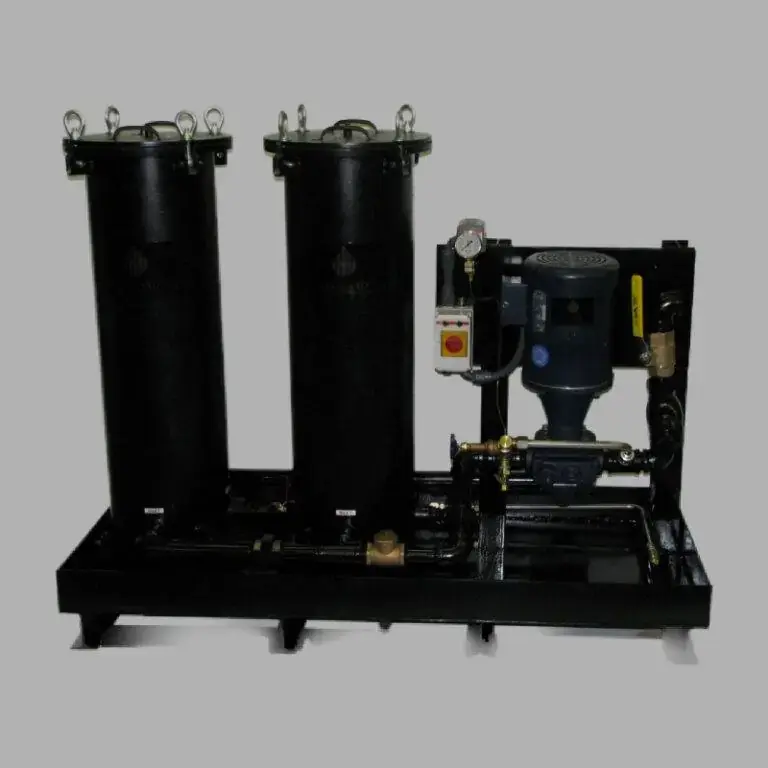výrobní a inženýrská hydraulická společnost
Výroba filtrů
(převedeno do Číny od roku 2021)
Průvodce filtrací hydraulických systémů: typy, výběr a tipy pro údržbuHydraulické systémy jsou srdcem mnoha průmyslových a mobilních strojů – pohánějí vše od bagrů až po vstřikovací lisy.
Ale i ten nejmodernější systém je pouze tak spolehlivý, jak kvalitní má filtraci.
Nečistoty jako prach, voda nebo kovové částice mohou způsobit opotřebení, přehřívání nebo dokonce úplné selhání systému.
Ale i ten nejmodernější systém je pouze tak spolehlivý, jak kvalitní má filtraci.
Nečistoty jako prach, voda nebo kovové částice mohou způsobit opotřebení, přehřívání nebo dokonce úplné selhání systému.

Řada 7504 – Filtrační vložka (obtokový filtr / vložka)
Celkové rozměry filtrační vložky: 7,50″ průměr × 19,75″ délka
Navrženo pro filtraci převodových olejů a olejů s velmi vysokou viskozitou.
Vhodné pro viskozitu ISO 460 až 1000.
Navrženo pro filtraci převodových olejů a olejů s velmi vysokou viskozitou.
Vhodné pro viskozitu ISO 460 až 1000.
- Odstraňuje nečistoty až do velikosti 1 mikronu
- Odstraňuje vodu a pevné částice
- Neodstraňuje ani neoslabuje přísady v oleji
216
€
Řada 7502 – Filtrační vložka (obtokový filtr / vložka)
Celkové rozměry olejového filtru 7502: 7,50″ průměr × 19,75″ délka
Navrženo pro filtraci převodových olejů a olejů s velmi vysokou viskozitou.
Vhodné pro viskozitu ISO 460 až 1000.
Navrženo pro filtraci převodových olejů a olejů s velmi vysokou viskozitou.
Vhodné pro viskozitu ISO 460 až 1000.
- Odstraňuje nečistoty až do velikosti 1 mikronu
- Odstraňuje vodu a pevné částice
- Neodstraňuje ani neoslabuje přísady v oleji
220
€
More products
PŘENOSNÝ SYSTÉM DUAL 1000
(Přenosný hydraulický systém s dvojitým tělesem)
(Přenosný hydraulický systém s dvojitým tělesem)
S přenosným vozíkem pro filtraci hydraulického oleje odstraníte nečistoty až do velikosti 1 mikronu, stejně jako vodu a glykol.
Přenosná konstrukce umožňuje snadný přesun mezi pracovišti, prodlouží životnost kapaliny a sníží množství nebezpečného odpadu.
Vhodné pro většinu syntetických a ropných kapalin.
Součástí dodávky je návod k obsluze a údržbě.
Přenosná konstrukce umožňuje snadný přesun mezi pracovišti, prodlouží životnost kapaliny a sníží množství nebezpečného odpadu.
Vhodné pro většinu syntetických a ropných kapalin.
Součástí dodávky je návod k obsluze a údržbě.
9.188,00
€
STACIONÁRNÍ SYSTÉM DUAL 1200
(Stacionární hydraulický systém s dvojitým tělesem a více filtračními vložkami)
(Stacionární hydraulický systém s dvojitým tělesem a více filtračními vložkami)
Vysoce účinné řešení pro kontinuální filtraci hydraulických a mazacích kapalin v průmyslových provozech.
Navrženo pro provoz s velkým objemem kapaliny, minimalizaci prostojů a maximalizaci životnosti zařízení.
Navrženo pro provoz s velkým objemem kapaliny, minimalizaci prostojů a maximalizaci životnosti zařízení.
25.550,00
€
More products
| Why Hydraulic Filtration Matters Hydraulic systems rely on clean fluid to transmit power efficiently. Any contamination can lead to:
Types of Hydraulic Filters Hydraulic systems use multiple types of filters, each placed strategically to catch different contaminants throughout the system. Here’s a breakdown:
|
FILTRACE OLEJE, TRIBODIAGNOSTIKA, VÝMĚNA OLEJE, POSKYTOVÁNÍ PORADENSTVÍ
Společnost SALPI IG provádí analýzu oleje, filtraci a výměnu pomocí filtračního a plnicího zařízení. Nabízíme optimální způsob filtrace pracovní kapaliny na základě technických požadavků zákazníka a také provádíme údržbu zařízení. Komplexní služby v pracovní kapaliny snižuje provozní náklady a prodlužuje životnost dílů. V našem sortimentu je filtrační zařízení pro dehydrataci a čištění mechanických nečistot.
Filtračně-plnicí stanice SLP-180
Profesionální zařízení pro čerpání a filtraci hydraulického oleje.
Profesionální zařízení pro čerpání a filtraci hydraulického oleje.
- Průtok: 180 l/min
- Typ filtru: 40 FL 0120
- Jemnost filtrace: 1100 μm
SLP180
Filtrační a plnicí stanice dvoukolová 180 SLP
MOBILNÍ FILTRAČNÍ STANICE DEPUROIL
Technická data:
Průtok: 25-30 l/min.
Hlučnost: menší než 70 dB
Filtrace: 10 µ
Napájecí napětí: 1x230 V, 50 Hz
Hmotnost: 28 kg
Technická data:
Průtok: 25-30 l/min.
Hlučnost: menší než 70 dB
Filtrace: 10 µ
Napájecí napětí: 1x230 V, 50 Hz
Hmotnost: 28 kg

We use cookies to provide the best site experience.



